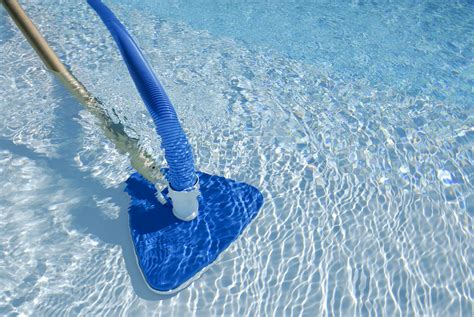Backwashing: Your Secret Weapon for a Clean Swimming Pool
Maintaining a sparkling clean swimming pool requires more than just regular skimming and chemical treatments. A crucial, often overlooked, step is backwashing your filter. This process effectively cleans your filter, ensuring your pool water stays clear, healthy, and inviting. This comprehensive guide will explore the importance of backwashing, when to do it, how to do it, and troubleshooting common issues. Ignoring backwashing can lead to cloudy water, reduced filter efficiency, and ultimately, higher maintenance costs. Let's dive in!
Why is Backwashing Important?
Your pool filter is the heart of your pool's cleaning system. It traps debris like dirt, leaves, algae, and other contaminants, preventing them from clouding your water. Over time, however, these trapped particles clog the filter, reducing its effectiveness. A clogged filter means your pump has to work harder, consuming more energy and potentially shortening its lifespan. Backwashing reverses the flow of water through the filter, flushing out the accumulated debris and restoring its cleaning capacity. This keeps your pool water clean, clear, and safe for swimming.
How Often Should I Backwash My Pool Filter?
The frequency of backwashing depends on several factors, including:
- Pool size and usage: Larger pools and those with heavy use require more frequent backwashing.
- Type of filter: Different filter types (sand, DE, cartridge) have varying cleaning needs.
- Weather conditions: Rainy weather introduces more debris into your pool.
- Filter pressure gauge: This is the most reliable indicator. A significant pressure increase indicates the filter is clogged and needs backwashing.
Generally, you should backwash your filter when the pressure gauge is 8-10 psi higher than the clean filter pressure. For most pools, this translates to backwashing once a week, but some may need it every few days, while others might only need it every two weeks. Monitor your pressure gauge closely to determine the optimal backwashing schedule for your pool.
How to Backwash Your Pool Filter: A Step-by-Step Guide
The exact steps may vary slightly depending on your filter type, but the general process remains the same. Always consult your filter's manual for specific instructions.
- Turn off the pump: This is crucial for safety. Never attempt to backwash while the pump is running.
- Divert the water flow: Locate the multiport valve on your filter. Rotate the valve to the "Backwash" position. This redirects the water flow to reverse the cleaning cycle.
- Turn on the pump: Start the pump and allow it to run for approximately 2-3 minutes, or until the water running out of the waste line becomes clear.
- Turn off the pump: Once the water is clear, switch the pump off.
- Rinse the filter: Rotate the multiport valve to the "Rinse" position. Run the pump for about 20-30 seconds to rinse away any remaining debris.
- Return to filter: Rotate the multiport valve back to the "Filter" position.
- Check pressure gauge: The pressure should be close to the initial clean filter pressure.
Note: If the water remains dirty after backwashing, you may need to repeat the process or consider cleaning or replacing your filter.
What Happens If I Don't Backwash My Pool Filter?
Neglecting backwashing leads to several problems:
- Cloudy pool water: The clogged filter can't remove debris effectively, leading to cloudy, murky water.
- Reduced filter efficiency: A clogged filter reduces the effectiveness of your filtration system, allowing more debris to circulate in the pool.
- Increased energy consumption: Your pump works harder to push water through the clogged filter, increasing your energy bills.
- Shorter filter lifespan: A constantly clogged filter puts extra strain on the pump and the filter itself, shortening their lifespans.
- Potential for algae growth: A poorly functioning filter creates a breeding ground for algae and other microorganisms.
What are the Different Types of Pool Filters? How Do They Differ in Backwashing?
Pool filters come in several types, each with its own backwashing requirements:
- Sand Filters: These are the most common type and require regular backwashing, usually once a week.
- DE (Diatomaceous Earth) Filters: These offer finer filtration but require more frequent backwashing and periodic DE replenishment.
- Cartridge Filters: These are less prone to clogging and require less frequent backwashing, often only needing cleaning.
How Do I Know When My Pool Filter Needs to Be Replaced?
While backwashing extends the life of your filter, eventually, it will need replacing. Signs it's time for a new filter include:
- Persistent high pressure: Even after multiple backwashes, the pressure remains high.
- Cracked or damaged filter media: Visible damage to the filter media (sand, DE grids, or cartridge).
- Frequent backwashing: You're backwashing much more often than usual.
- Decreased water clarity: Even with regular backwashing, the pool water remains consistently cloudy.
Backwashing is a simple yet essential maintenance task that ensures your pool remains clean, clear, and enjoyable. By following these guidelines and paying attention to your filter's condition, you can keep your pool sparkling and extend the life of your equipment. Remember to always consult your pool equipment's manual for specific instructions and safety precautions.

